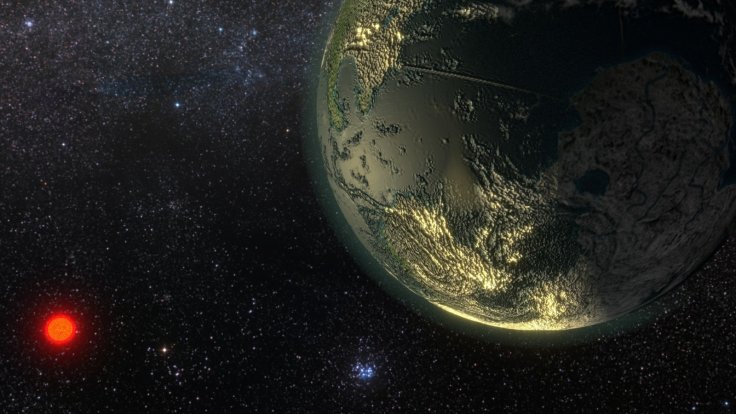As humans are busy formulating plans to colonize other planets, a team of scientists has discovered what may be the most inhabitable planet in the universe. According to the study, the planet is so rogue where rocks rain and the seas are filled with lava.
More Details About This Inhabitable Space Body
Scientists who took part in this study revealed that winds used to blow at this planet at a speed of 3,000 miles per hour. The temperature on this planet could be more than 3,000 degrees Celsius, capable of melting even the hardest rock.

However, this scorching temperature is confined only on one side of the planet, while on the other side, the temperature is below minus 200 degrees, which is cold enough to freeze nitrogen.
Scientists have named this planet K2-141B, and it is around 200 light-years away from the earth. Researchers who took part in this study also revealed that the magma seas in this distant space body could be at least 60 miles deep.
Discovery Using Kepler Telescope
This planet was discovered around two years ago using the Kepler Space Telescope. However, it was now, that a team led by Giang Nguyen, a PhD student at York University, Toronto analyzed the probable weather in the space body.
After analyzing light patterns of this planet, researchers concluded that two-thirds of K2-141b faces endless daylight. However, on earth, both the hemispheres used to receive the sun's rays in equal proportion.
Researchers believe that the discovery of this new planet could help to know the evolutionary history of the earth, as most of the planets started as molten worlds.
"All rocky planets, including Earth, started off as molten worlds but then rapidly cooled and solidified. Lava planets give us a rare glimpse at this stage of planetary evolution," said Nicolas Cowan, co-author of the study.
Nguyen and his team will be now trying to determine whether their weather predictions on this exoplanet are right. The team has already collected data from the Spitzer space telescope. As the James Webb Telescope will be launched in 2021, scientists will get a better picture of the weather patterns on this planet.









